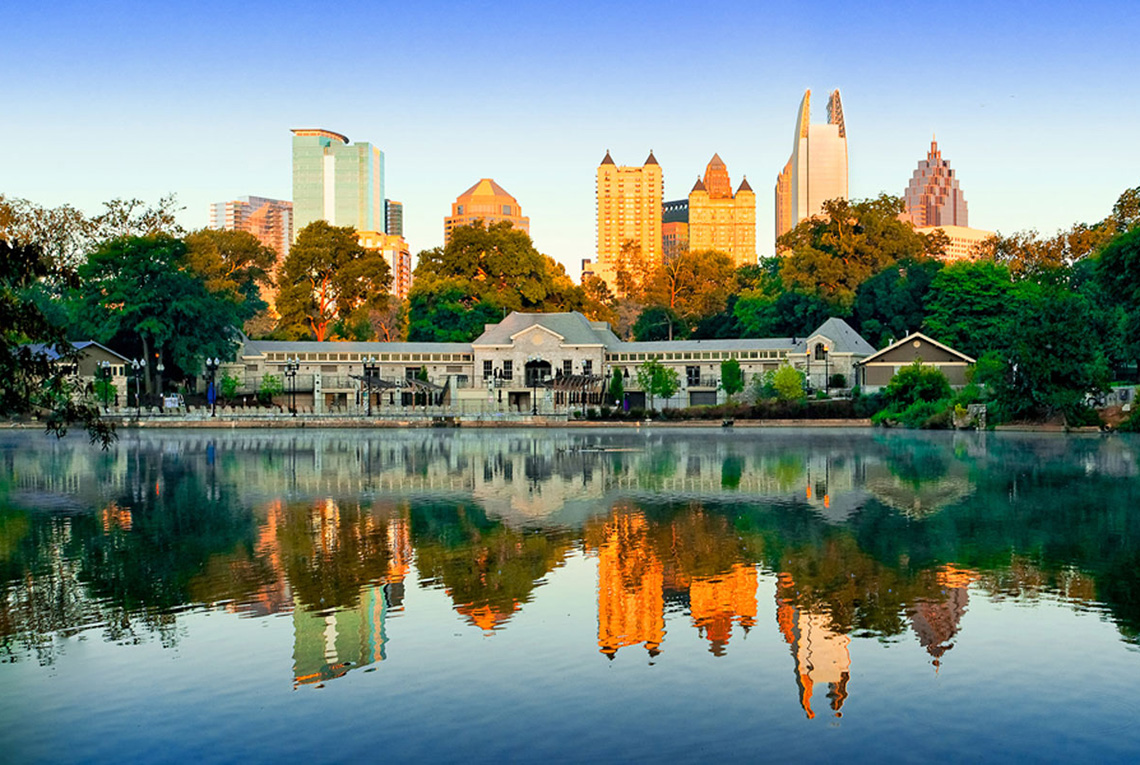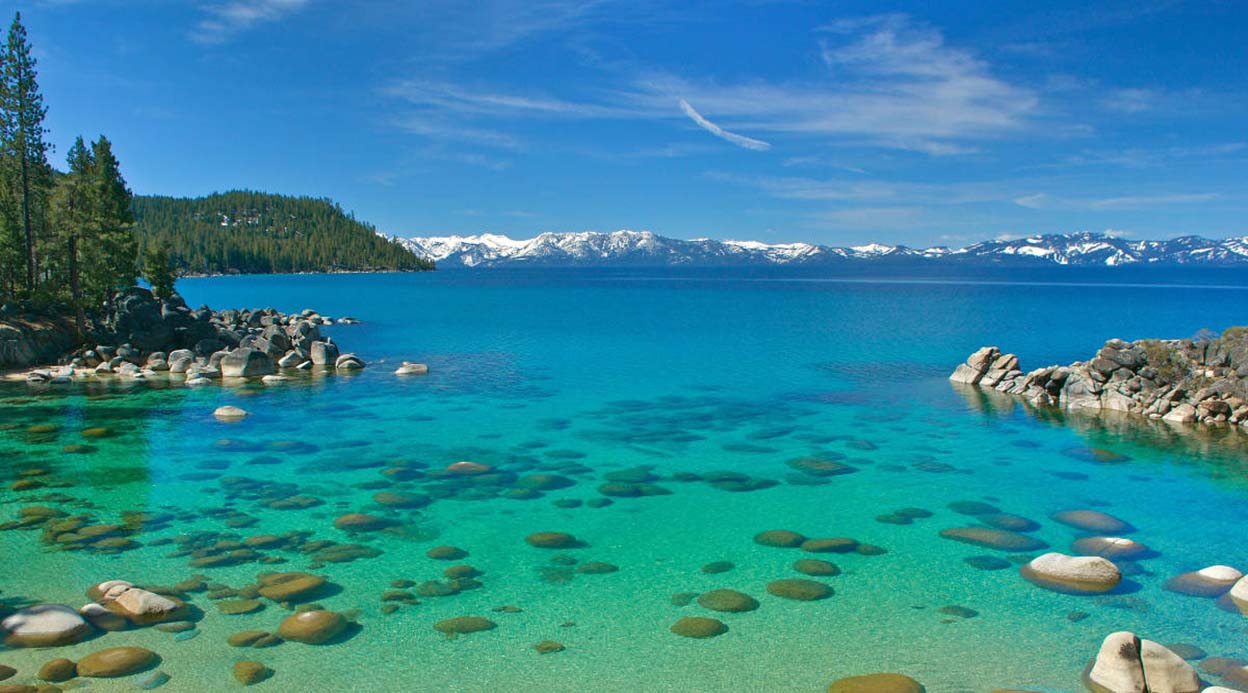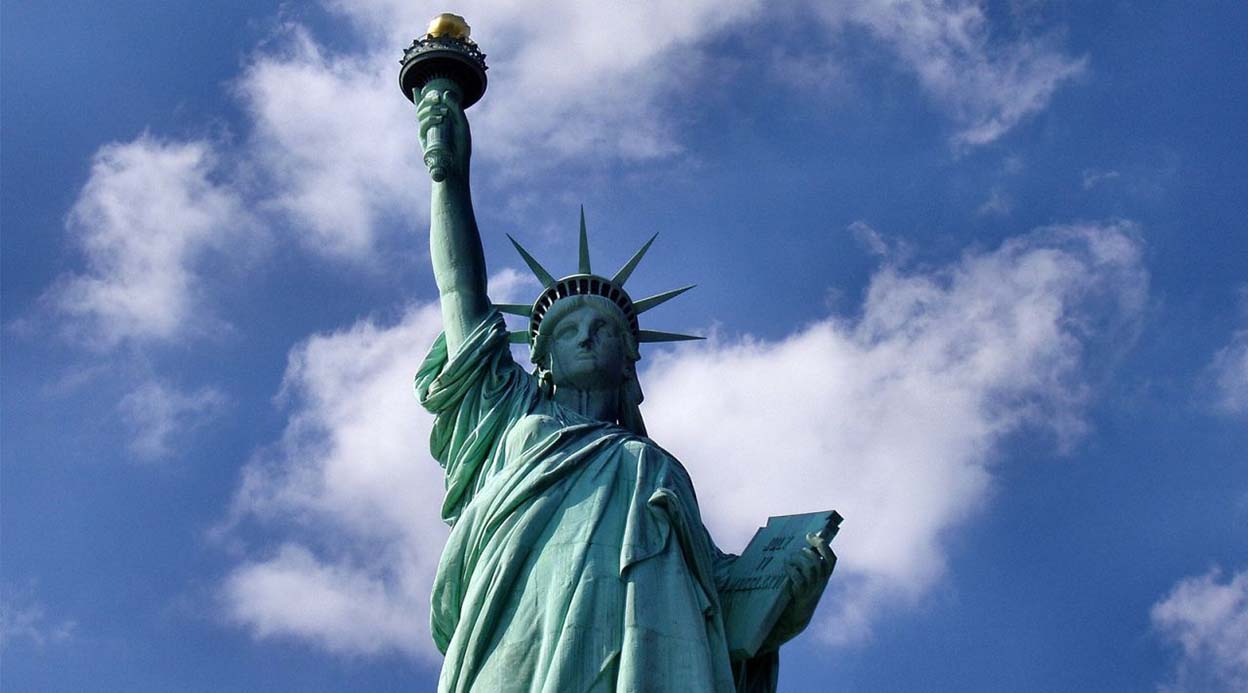1. The Morning Mist of the Emmental Valley
The first light over the Emmental Valley carries a soft hue of golden mist, brushing over gentle hills like a whispered lullaby that never ended from the night before. Arriving in Sumiswald just after dawn, I stepped onto cobblestone that felt older than most cities I’ve known. The village was still half-asleep, wrapped in a quiet that didn’t seem to come from silence but from a reverence to time itself. This is not the kind of quiet that urges one to speak softly—it’s the kind that urges one to listen.
Sumiswald rests in the canton of Bern, nestled deep in pastoral Switzerland, where stories are not told through words but through architecture, landscapes, and the unmistakable rhythm of rural life that has endured without rushing to modernity. Everything here seems to exist within layers: of wood, of memory, of craft.
2. The Town Awakens with the Church Bells
At precisely 7:00 AM, the bells of the Reformed Church of Sumiswald rang out across the valley, their sound crisp and resonant. I followed their echo to the church itself, perched on a gentle hill that offered a panoramic view of tiled rooftops, narrow streets, and gently smoldering chimneys. Built in the 15th century and renovated over centuries, the church’s tower, with its striking baroque dome, pierced the sky with quiet elegance.
Inside, the church was drenched in the pale blue light of stained glass. The wooden pews bore the polished look of centuries of use, and the organ pipes reached skyward like a hymn in metal form. The altar, restrained yet dignified, reflected a Protestant sobriety that contrasted with the ornate sanctuaries in other parts of Europe. It felt like a place where weddings had taken place for hundreds of years under the same solemn oak beams.
Outside, a small cemetery traced the church’s perimeter, with weathered gravestones leaning like old friends resting on one another’s shoulders. It was hard not to stop and read each name, etched carefully in old Gothic script, as if even the stone had learned to write.
3. Breakfast at Gasthof Bären: A Taste of Heritage
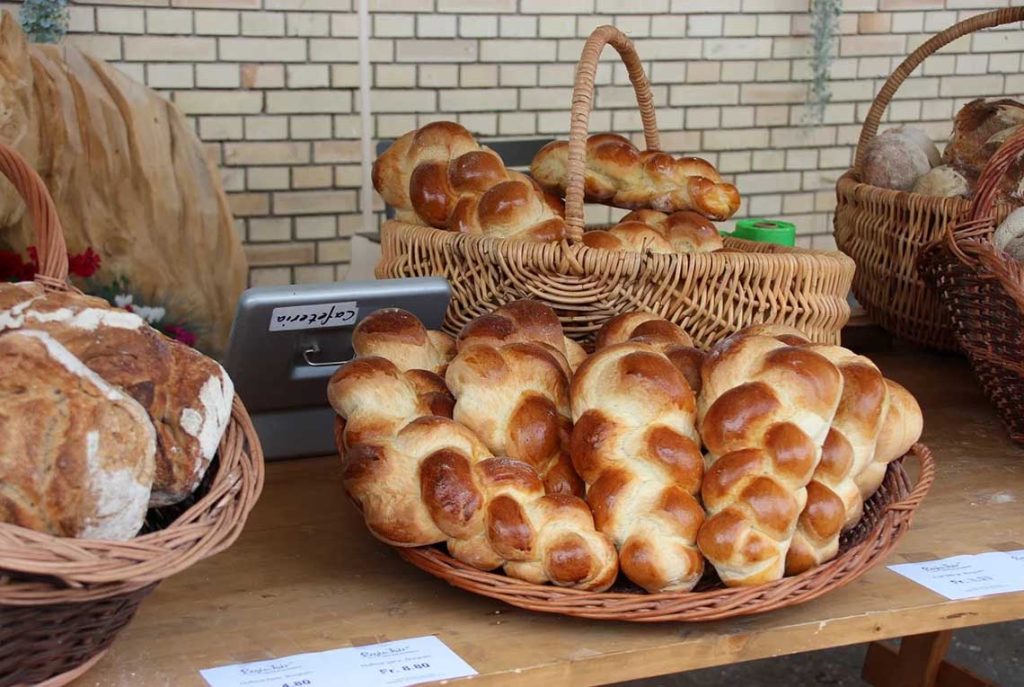
Walking back into the heart of the village, I followed the gentle clatter of dishes and the rich smell of baked bread to Gasthof Bären, one of the oldest inns in the town, still operating in its original 18th-century building. The floor creaked like it had stories to tell, and the walls, hung with aged paintings and wrought-iron lanterns, had clearly heard them all.
Breakfast was no mere meal here. A woven basket arrived first, filled with warm Zopf bread, each braid golden and soft. Butter came in a tiny ceramic dish, thick and sweet, likely churned within sight of the kitchen window. There were local cheeses—Emmentaler, of course, but also varieties aged in caves nearby—and thinly sliced cured meats with flavors deepened by time and mountain air. The coffee was strong, black, and served in porcelain so old it might have once served generals or farmers with equal gravity.
One corner of the room held a kachelofen, the traditional tiled stove that radiates heat slowly throughout the day. It smelled faintly of woodsmoke and stories. While I ate, the innkeeper spoke gently to a local farmer, both in dialect so deep I could only catch the rhythm, not the meaning. Yet in their tone, there was something unmistakable: a mutual understanding that comes from centuries of shared life in a place that does not change quickly, nor wish to.
4. Through the Narrow Streets: Architecture that Speaks
The houses of Sumiswald are not just structures; they are biographies written in timber and slate. I strolled through the town’s winding streets, where half-timbered facades and steeply pitched roofs defined the aesthetic. Many buildings bore inscriptions above their doorways, carved directly into wood in the 1700s and 1800s—scriptures, names, and dates that have resisted time, weather, and war.
Shutters were painted in soft greens and reds, their colors fading with dignity rather than decay. Window boxes overflowed with geraniums and petunias, while decorative woodwork curled around eaves like the town’s own signature. It was as if each building had dressed itself for a portrait and then stood still for 200 years.
One house, in particular, caught my eye—Haus des Zimmermanns, once the residence of a master carpenter, with elaborately carved wooden beams that curled like ribbon and entwined vines. Another building housed a small workshop where a fourth-generation watchmaker still repaired clocks by hand, using tools that hadn’t changed in a century.
5. The Weaving of Time: Visit to Gotthelf Center Lützelflüh
Just a short journey from Sumiswald proper lies Lützelflüh, where the legacy of Albert Bitzius—better known by his pen name Jeremias Gotthelf—lives on. I cycled the gently undulating road that connected the two villages, past green hills dappled with cattle and rows of fruit trees so symmetrically planted they looked like living equations.
The Gotthelf Center, situated in a former parsonage, serves as both museum and tribute to the man who captured 19th-century rural Swiss life with such profound realism. Entering the center, I was struck by the smell of old books and waxed wood, a scent that seems to linger only in places where paper has soaked up history.
Gotthelf’s writing desk sat by a window, looking out onto fields he once walked daily. His manuscripts—handwritten with deliberate strokes—lay preserved behind glass, yet seemed alive with thought. The room was filled with objects of his time: an inkwell, a woolen shawl, a pair of spectacles whose lenses bore the fine scratches of long contemplation.
The curator, a soft-spoken woman with silver hair and a passion for detail, offered insights not only about Gotthelf’s life but also about the community he described—one marked by hard work, moral introspection, and an unyielding bond with the land. The center was quiet, reflective, and layered like Gotthelf’s own prose.
6. Noon in the Pasture: Cheese from the Source
By midday, I had followed a footpath that led out of the village and into the open countryside. The terrain shifted from cobbled lanes to meadows, where the grass swayed in slow motion and cowbells rang with hypnotic regularity. I reached a local alpine dairy, Bergkäserei Sumiswald, just in time to witness the tail end of the morning’s cheese-making process.
Inside the small wooden structure, a cheesemaker in a blue apron stirred a great copper kettle with practiced rhythm. The scent was equal parts yeasty, floral, and slightly pungent—unmistakably Emmental. Wheels of cheese were stacked on spruce shelves, each round marked with the date and a symbol denoting its maker’s unique hand.
Tasting the cheese outdoors, at a table overlooking the valley, brought its flavors into harmony with its surroundings. It had a nutty depth and a sweetness like dried wildflowers. Paired with a crusty rye roll and a glass of unfiltered apple cider, it was more than sustenance. It was a dialogue between land and craft, sun and soil.
7. Afternoon Shadows at Schloss Trachselwald
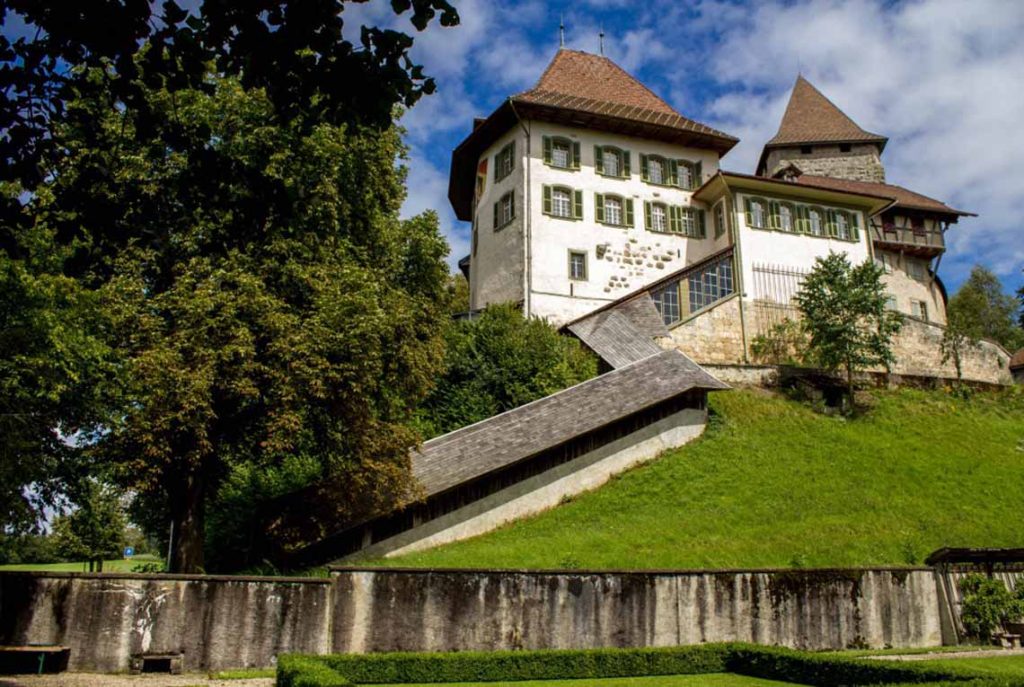
In the golden wash of the afternoon, I made my way to Schloss Trachselwald, a fortress that dates back to the 11th century and which now serves as a living archive of regional memory. Approaching its formidable stone walls, I passed through a shaded forest where the air turned cooler, touched by the stone’s age.
The castle looms with quiet dignity, not so much commanding the landscape as harmonizing with it. Its towers and ramparts retain the scars of sieges, yet also the elegance of Renaissance additions. Once a prison and judicial seat, it holds within it echoes of both justice and resistance.
Inside, rooms have been preserved with a kind of documentary fidelity. Iron shackles hang beside 17th-century documents; faded murals portray justice and punishment; original wood floors bear the subtle groove of generations pacing their lengths. One room in particular commemorates the Anabaptists persecuted here, with exhibits that merge religion, law, and human endurance.
Outside again, the sun lit the moss on the stone steps, and a hawk circled overhead. I stood on the battlements, looking out over Sumiswald’s wide basin, where fields and forests blended like threads in a tapestry.
8. Dusk at the Village Mill
The walk back into town took me along the Langeten River, its banks still green with spring and lined with small wooden bridges. At the edge of Sumiswald lies the old village mill, still operational and run by a pair of brothers who carry on their father’s and grandfather’s trade.
The waterwheel turned slowly in the creek’s current, its groan and splash unchanged for centuries. Inside, the air smelled of grain and damp wood. The machinery was an intricate dance of belts, gears, and gravity. As I watched flour sift into burlap sacks, it felt as though I were watching a machine breathe—slowly, deliberately, patiently.
I bought a bag of rye flour, heavy in hand, wrapped in paper stamped with a hand-carved seal. It felt less like a purchase and more like a gift from the past.
9. Evening Supper and Stillness
Dinner was at Restaurant Hirschen, where the meal unfolded over candlelight and heavy linens. The menu read like a testament to the land: venison in dark wine sauce, rösti crisped in butter, red cabbage with apples and cloves. A glass of local red wine, earthy and dry, rounded out the meal with the gravity of an old friend’s voice.
The dining room was hushed, not from formality, but from the ease of belonging. Locals exchanged nods, shared platters, raised glasses in a rhythm more musical than choreographed.
Later, as I stepped outside into the cool twilight, the village lay under a blanket of quiet stars. The lamps along the main street flickered like oil flames, and the breeze carried with it a thousand yesterdays. The air smelled of grass, stone, and smoke—ingredients in the memory of a place that continues to live in time, not past it.
Walking back to the inn, I passed the same timber-framed homes, now glowing with lamplight from within, the same cobbles now cooled from the day’s sun, the same stillness that marked the town at dawn. A place that does not perform its history but simply lives it, breathes it, and invites you to do the same—even if only for a day.

